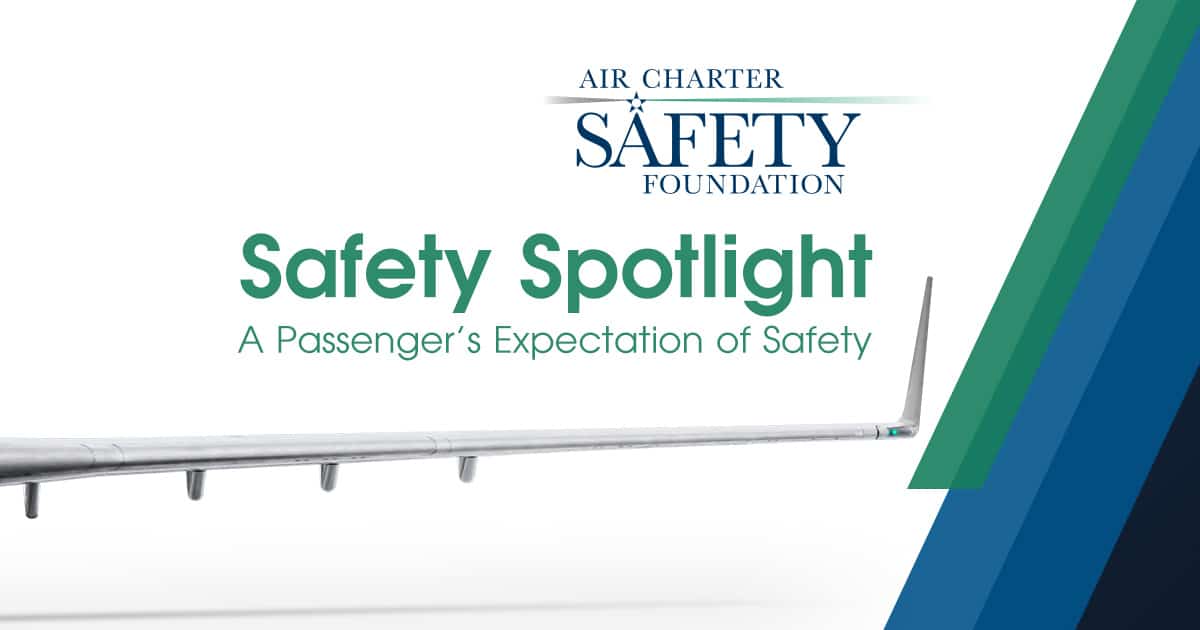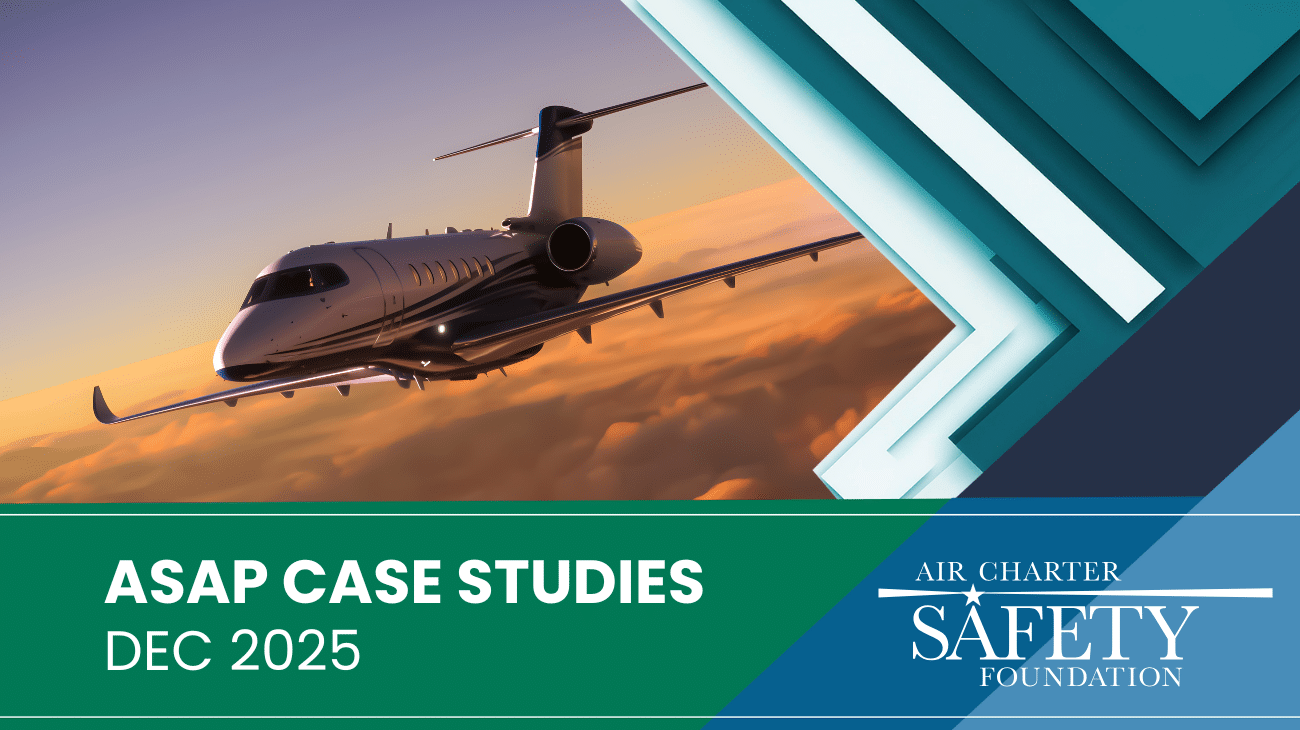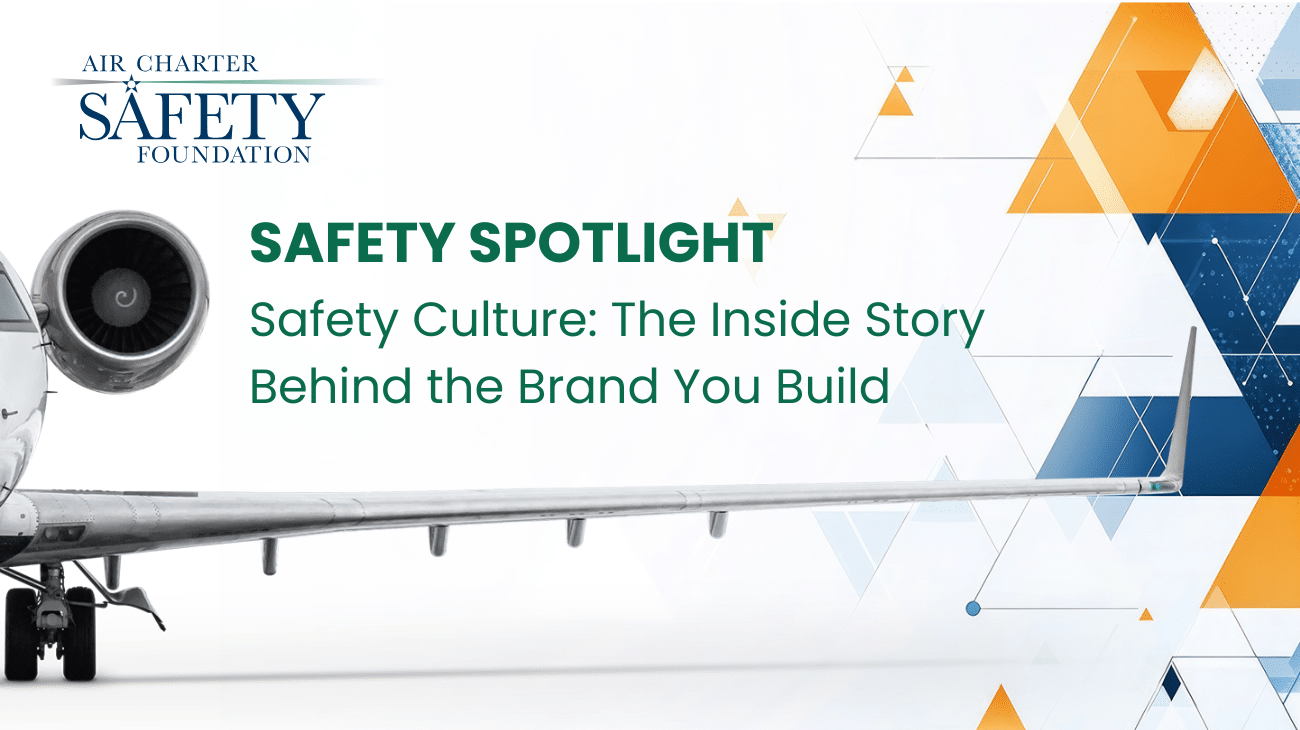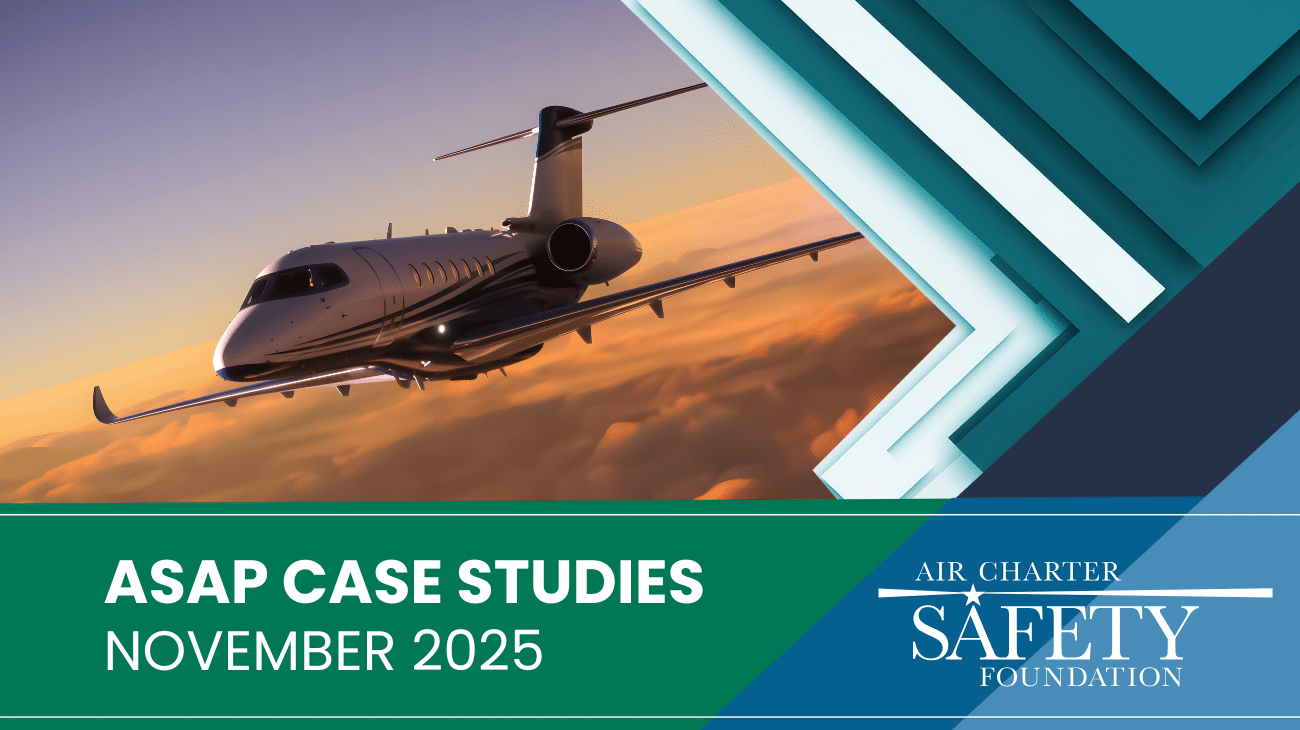On December 17, 1903, Orville Wright flew for 59 seconds, and aviation as we know it was born. Later that same day, a hard landing followed by a wind gust severely damaged the airplane. This would be an accident—the expectation of safety circa 1903….one accident every four flights.
Lt. Thomas E. Selfridge became the first person to be fatally injured in a powered aircraft on September 17, 1908.
In 1920, a Hadley Page 0/400 operating as a commercial flight attempted to take off in fog and struck a tree. Four of the eight occupants were fatally injured. This was commercial aviation’s first accident.
By 1931, 24 pilots founded the Air Line Pilots Association, and 12 would be killed in aviation accidents. 50% of pilots would be fatally injured flying; aviation safety was improving.
Demand rose in 1929, and 6,000 passengers flew, growing to 450,000 by 1934.
By 1955, for the first time, more people in the US traveled by air than by train. That year, there were 64 airline accidents with 630 fatalities.
Jet travel arrived in 1949 with the flight of the de Havilland Comet. It went into service in 1952. Sadly, the Comet had a fatal flaw, and within a year of entering service, three aircraft broke apart in mid-air.
Pan American flew the first B707 in commercial service in 1958. The jet age arrived, and passenger expectations changed. Turbulent low altitudes and loud airliners were no longer acceptable, nor was the safety record of the past.
Today, aviation is a vital part of modern society. Over 80% of Americans have flown. In 2023, airlines flew 32 million flights with no fatalities, according to Airbus—a remarkable achievement from December 1903. This is the expectation of today’s passengers.
While these statistics are for airline operations, our passengers do not differentiate in their expectations from an airline, to an on-demand air taxi, or an air tour operator. While we in the industry know the regulatory difference, our passengers often do not. They arrive at the airport and board the aircraft, expecting a safe flight. Passengers expect us to uphold the highest safety standards.
Aviation safety has improved dramatically over the years. We have met the rising expectation of safety. We will have to continue to meet this rising bar in the future. It will take all of us, and we will have to use proven tools. Improved design, maintenance, and operation will help, as will CRM, Threat and Error Management, and SMS. Airlines are proof that these programs work. Adopting these tools is beneficial to our industry.
We do not have a choice; we must meet the ever-rising expectation of passenger safety. This requires a commitment to a just culture, where we encourage open communication about safety concerns without fear of retribution. Adhering to established audit standards and integrating programs like ASAP (Aviation Safety Action Program) and FDM (Flight Data Monitoring) will enhance our safety practices. These tools not only improve operational oversight but also foster a proactive approach to identifying and mitigating risks. By embracing these frameworks, we can ensure that passenger safety remains our top priority.





